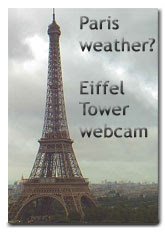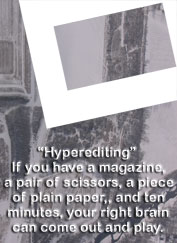.
We'd passed this building several times. It has a sign on the outside saying you could see Roman ruins within...........
On the 6th we decided to go in.
Wow. It's hollow -- who knew.
And -- it's the public library! Again, who knew.
Look at the floor -- it is transparent (if scratched), and the Roman ruins are beneath our feet.....
Looking up.
Little-kid books, displayed, one by one, on the outsides of these temporary walls. Over Roman ruins.
Love this cover. Viaggio is "travel."
We found out how to get below the floor. Here we are, looking up through the floor at the ceiling.
And here's what's below the floor. "1st century BC to second century AD ... remaining traces of small terraced buildings, aligned N-S, abutting on the basilica and probably opening onto the forum area."
"2nd c. BC -- Small building with foundations made of river pebbles, subdivided into several rooms and orientated following the axes of the Roman town. Probably dating back to the first decades in the life of the Latin colony, it is older than the Civil Basilica."
"1st c. AD -- 'Basolato' stretch in polygonal trachyte blocks set on a gravel bed. The absence of ruts is evidence of the fact that the street, being in the forum area, was only intended for pedestrians. The paving of urban streets goes back to the Augustan age."
Kinda weird to think of these stones, laid over 2000 years ago, providing a surface for the same kinds of activities we saw outside on the 6th of April, 2013. People going about their business, selling things, buying things, moving from here to there.....
"14th c. -- The Commune acquires the area in the 14th century; all the existing buildings are demolished and an open public area is obtained, which is made into a garden (viridarium) and provided with a deep well faced in fragmentary brickwork."
Modern coins.........
"2nd c. BC -- Three wells to draw ground water, aligned at a few metres' distance from one another. They show an uncoated cylindrical pipe, one metre in diameter. Their closeness is evidence of the density attained by the Roman settlement as early as the 2nd century BC."
I only saw one of the wells, not all three.
Pretty cool, to get to see this stuff. I really appreciate the time/trouble/expense taken to make the signage, and to have it be in English as well as Italian!
Back upstairs. More excellent Italian signage. I was taking a pic of the way the bathrooms were just off the stacks, and so didn't get a very good pic of the sign. But there was an orange arrow (just like the one pointing left), pointing up, just above the man/woman icons above bagno (which means bathroom -- bagno sounds like "banyo"). That white panel between the two windows is another sign. It says to turn right to find the bathrooms.
The women's room included the only bidet I've ever seen in a public bathroom.
Interesting chairs. You can sit either way. You can use the higher part as a back rest, or you can face it and use it as a surface for your laptop, or your paper map.
Back outside in the piazza. I assume from the trident that this is Neptune.
With pigeon.
This is the Basilica of San Petronio. It is the side of the Piazza Maggiore that I hadn't shown you before. According to Wikipedia, this is the 15th largest church in the world.
We've seen the Palazzo d'Accursio before, but not with blue sky behind it.
Inside the basilica -- Wikipedia says the vaults are 45 meters high. Nice and light in here, on a sunny day.
I bet the people who originally built this would have paid a pretty penny for one of these.....
In order to facilitate chronological traversal of these posts, here is a link to the next post.
.
Saturday, April 06, 2013
Subscribe to:
Post Comments (Atom)





































No comments:
Post a Comment